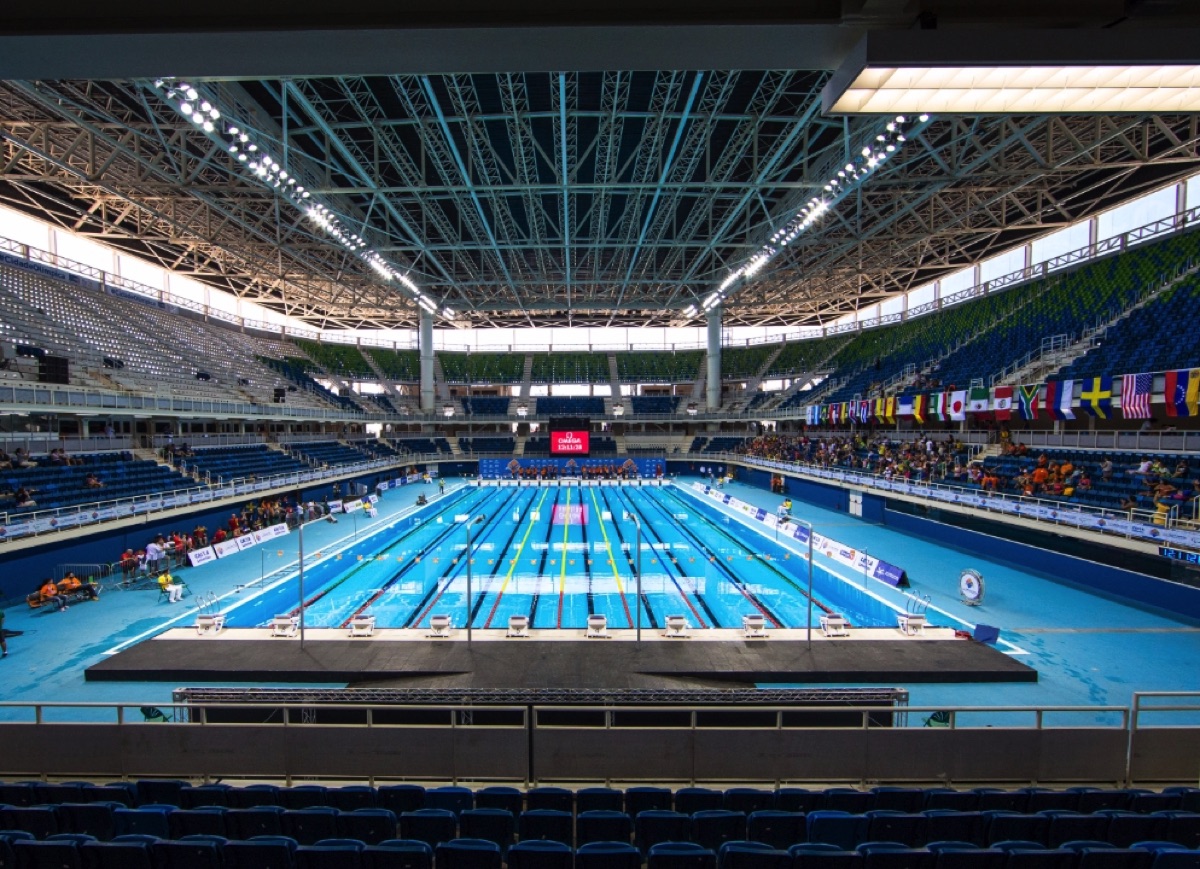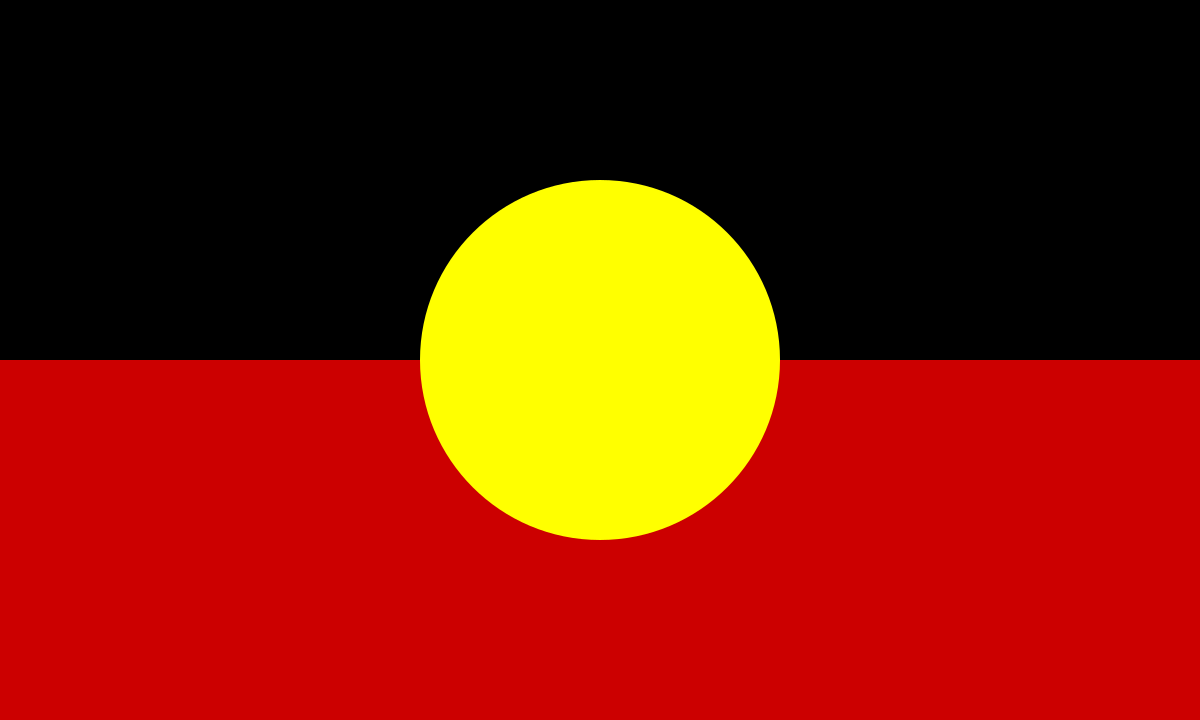Who: 791 athletes from 173 countries in 32 events
What: Men’s and Women’s individual and relay events
Where: Olympic Aquatics Stadium
When: Days 1-8
Swimming has been a part of the Olympics for over a century, making its first appearance in Athens in 1896.
Following its introduction the swimming program initially consisted of only freestyle and breaststroke events until backstroke was introduced in 1904 at the St Louis Games.
Butterfly evolved and was introduced at Melbourne 1956 after breaststroke swimmers discovered that they could go faster by lifting their arms over their heads.
Female swimming athletes were first allowed to compete in the Stockholm Games in 1912.
The objective of all swimming events is to cover a certain distance, using the specified stroke in the quickest possible time.
Olympic swimming consists of 16 events including individual and relay races in four strokes; freestyle, breaststroke, backstroke and butterfly. Events can involve the use of only one of these strokes or the use of all four.
The distance that athletes must cover in any pool race can vary vastly with the shortest distance being 50m and the longest being 800m for women and 1500m for men. These longer races are only contested in freestyle.
Whilst the majority of Olympic swimming races are held in indoor pools there is also a 10km open water race.
Athletes competing in short races require explosive speed whilst the longer races require excellent stamina and careful planning, in terms of when to speed up and when to maintain a constant pace.
Over time swimmers have experimented with bathers and other aspects in order to find the most efficient or fastest way to get through the water. The most common method to improve aerodynamics and hence improve speed is to remove body hair.
On top of this, in the 50m freestyle events, most competitors complete the race without taking a breath.
Alongside Australia, USA and China are the most competitive swimming nations in the world.
American Michael Phelps is considered the most successful Olympian of all time, having won 22 medals of which 18 are gold.
This includes his stellar performance in Beijing 2008 where he won every event he entered, walking away with eight gold medals to his name.
Australia has been competing in Olympic swimming since 1900.
Since first competing, Australia has won 59 gold, 66 silver and 65 bronze medals, bringing the total medal tally to 190.
Australia has been strong in the pool in both the female and male competitions and is looking good to continue this trend in Rio this year, with a total of 36 athletes set to compete.
Western Australia has three athletes competing as part of the Australian Swimming Team in Rio, including Blair Evans, Brianna Throssell and the youngest member of the team, Tamsin Cook at just 17.
Evans will compete for Australia in the Women’s 400m Individual Medley event, whilst Throssell will compete in the Women’s 200m Butterfly. Cook will race in both the Women’s 400m Freestyle event and the women’s 800m free, whilst she is also in line to form part of the Australian women’s 4x200m Freestyle relay.
To follow WA’s swimmers in Rio, view their bios below, including information on when they are in action in Brazil.


